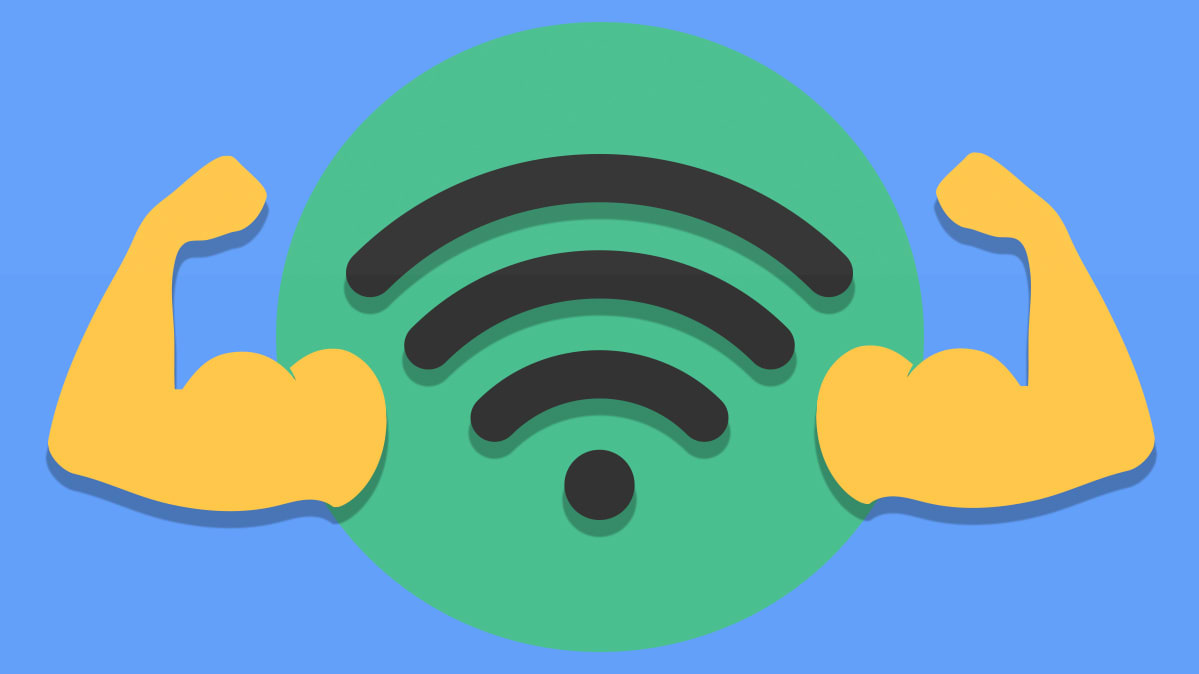


Although the quality of the transfer and the sheer speed is influenced by several factors, including coding technology, the number of channels permitted and so on, the main disadvantage is presented by path loss. Wi-Fi technology usually makes use of the 2.4 GHz radio band to transmit signal (some systems also use 5 GHz for the job), a band which has certain limitations and specifications. So, in the following lines, we’ll take a short trip and talk about the best practices to boost and strengthen Wi-Fi signal. Obviously, the bad part comes with the quality and strength of the signal, which is often disrupted by regular household items or simply by a poor layout of the system. Wi-Fi routers, otherwise known or referred to as wireless access points, have the advantage of transmitting high amounts of information without any wires, at all. Many wired setups can be completely replaced with wave solutions, and perhaps the most notorious of all is the Internet itself.

There should be a network mode option that allows you to select between 5G, 4G, 3G, or even 2G.With so many interesting gadgets being introduced in the past few months, like products based on the Near Field Audio technology, wireless charging platforms and even the same concept integrated into smartphones, we can safely assume that wireless is the word of 2013. Choose Mobile Network or SIM & Network, or something similar. On many Android phones, you can go to Settings to access a section called either Connections or Wi-Fi and Internet. On the iPhone, go to Settings > Cellular > Cellular Data Options > Voice & Data and you should at least be able to choose between 5G On, 5G Auto, and LTE (4G). This is something we especially advise for Verizon customers. It's worth toggling between different available network modes in case your carrier's logic is privileging newer systems over more usable ones. Unfortunately, that sometimes means individual devices get stuck with weak connections. This isn't just marketing the newer a network your phone is on, the more efficiently it uses carrier resources, so it's worth it to the carriers to have as many devices on the newest networks possible. I've seen instances where a network demands that a phone try to grab a weaker signal that's farther away just so it can get a "5" in the status bar. How to Set Up Two-Factor AuthenticationģG, 4G, and 5G all have different properties and, sometimes, come off different towers.How to Record the Screen on Your Windows PC or Mac.How to Convert YouTube Videos to MP3 Files.How to Save Money on Your Cell Phone Bill.How to Free Up Space on Your iPhone or iPad.How to Block Robotexts and Spam Messages.


 0 kommentar(er)
0 kommentar(er)
